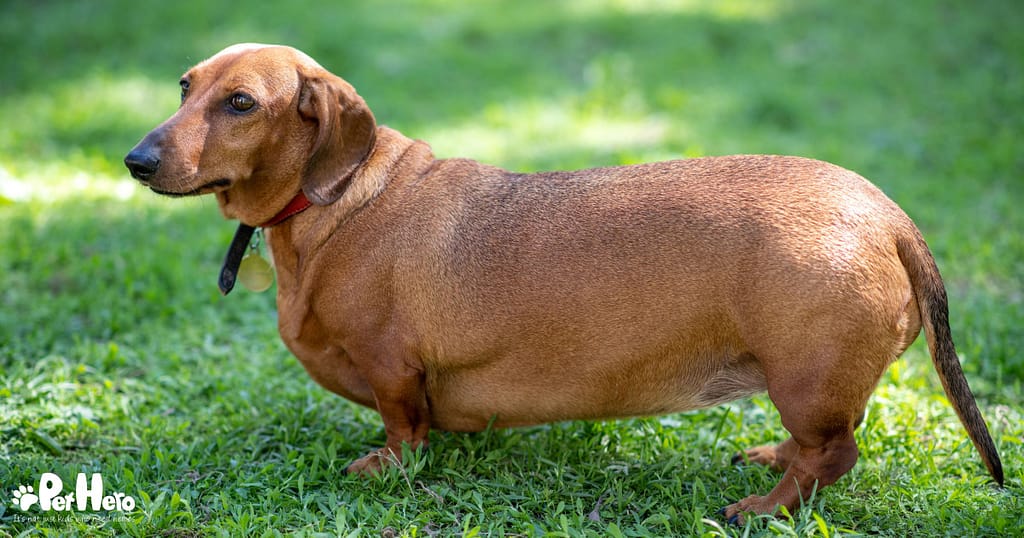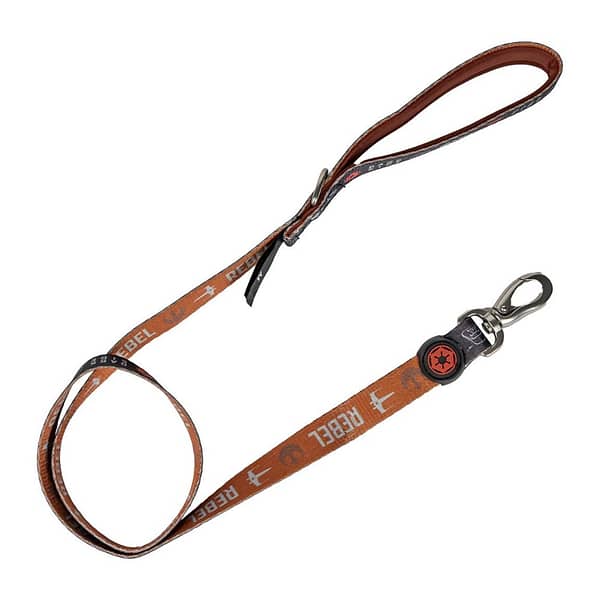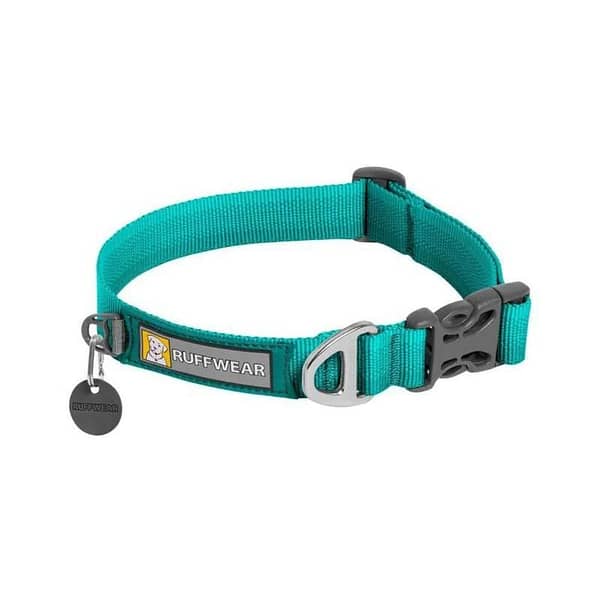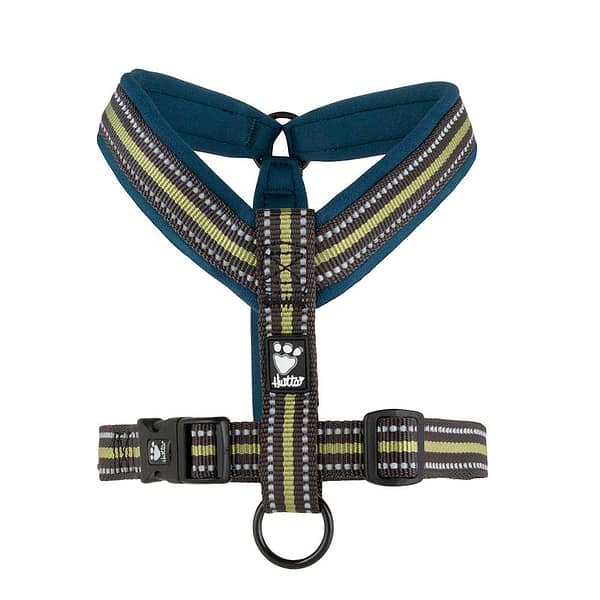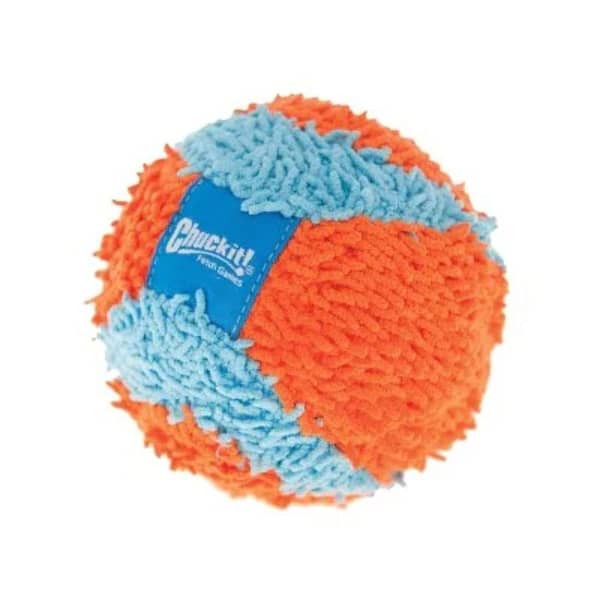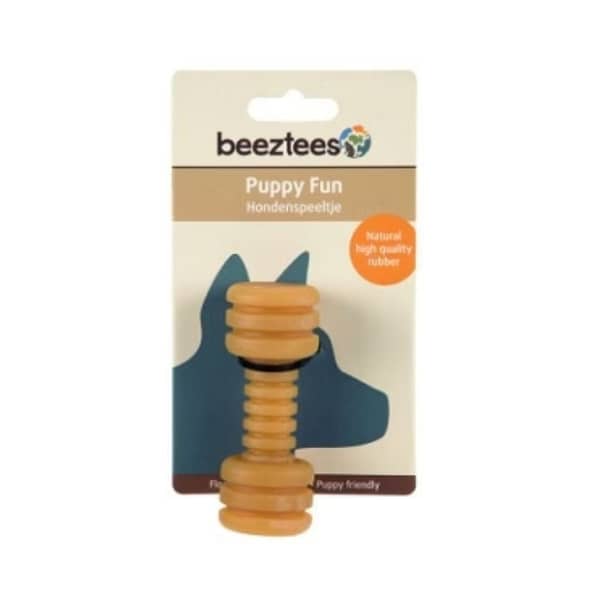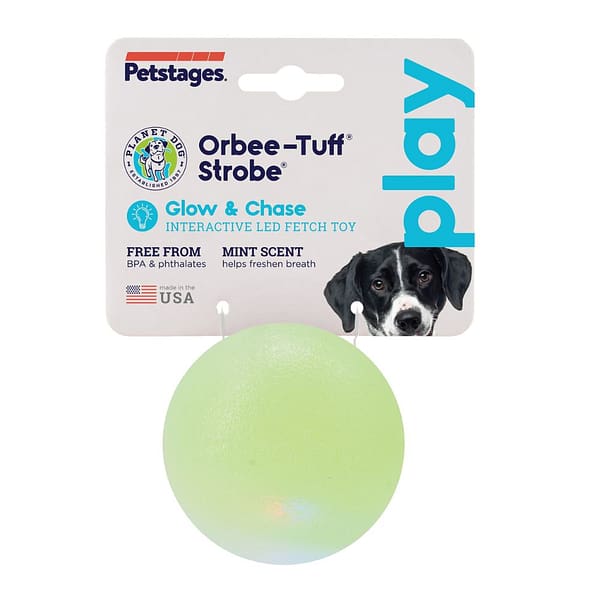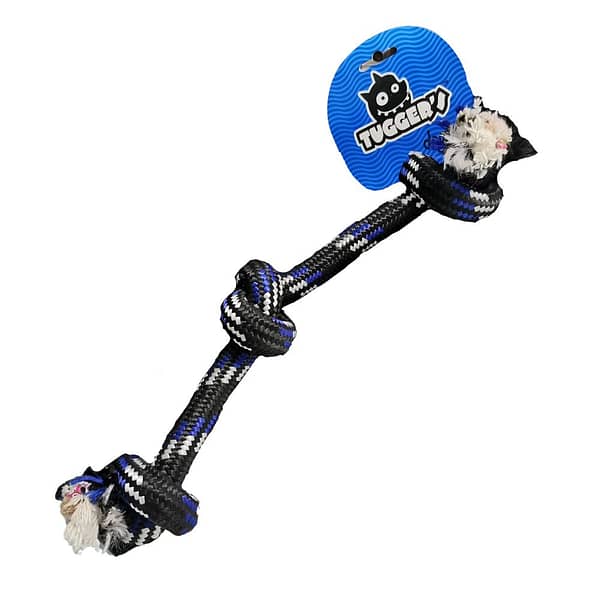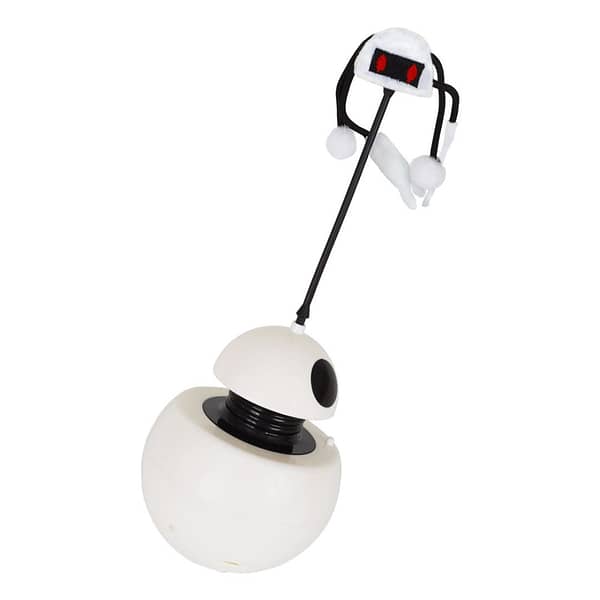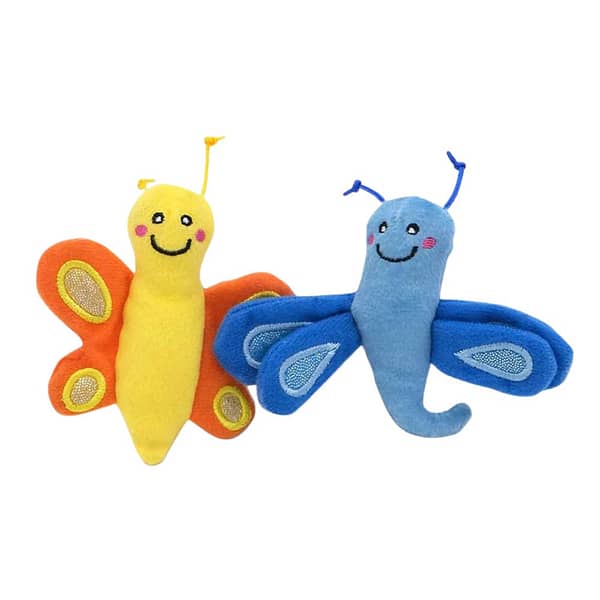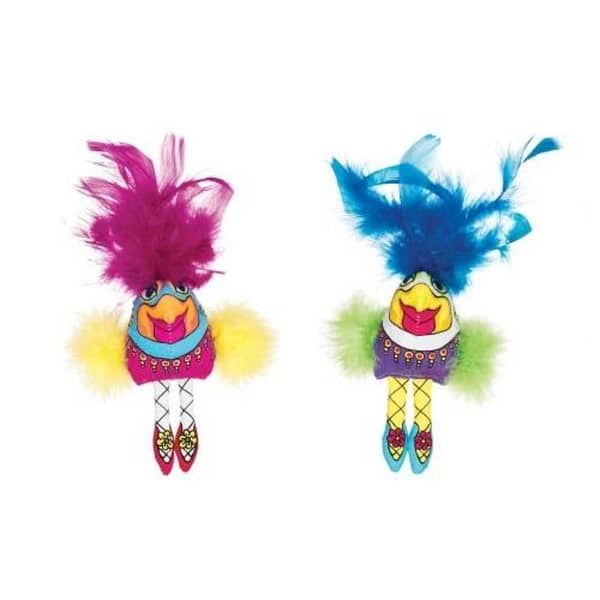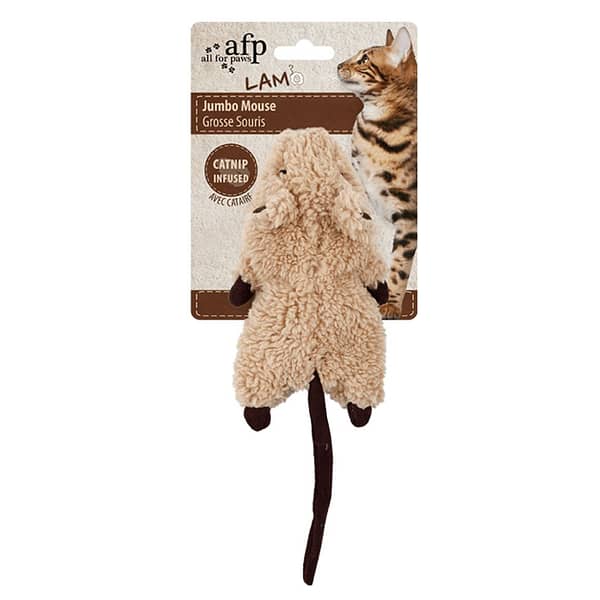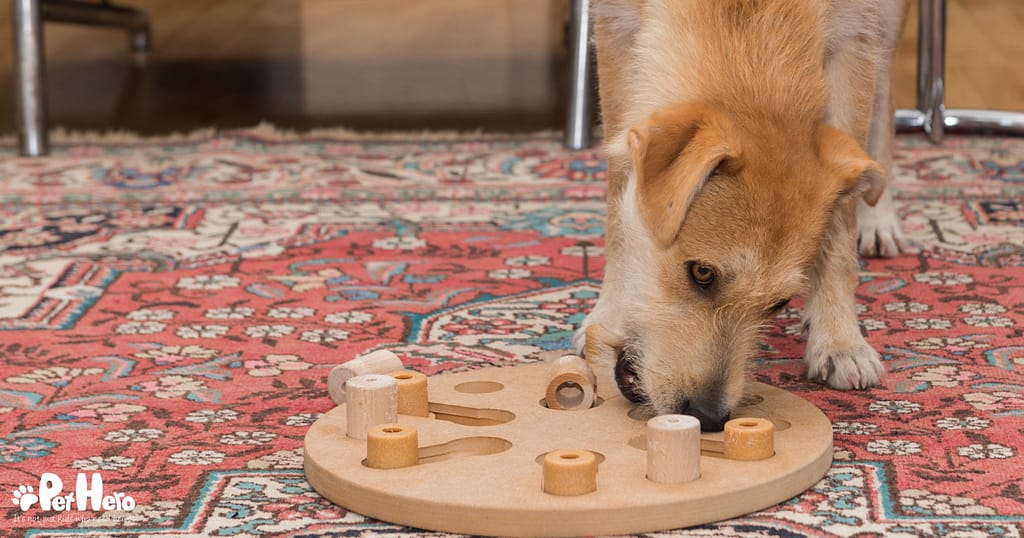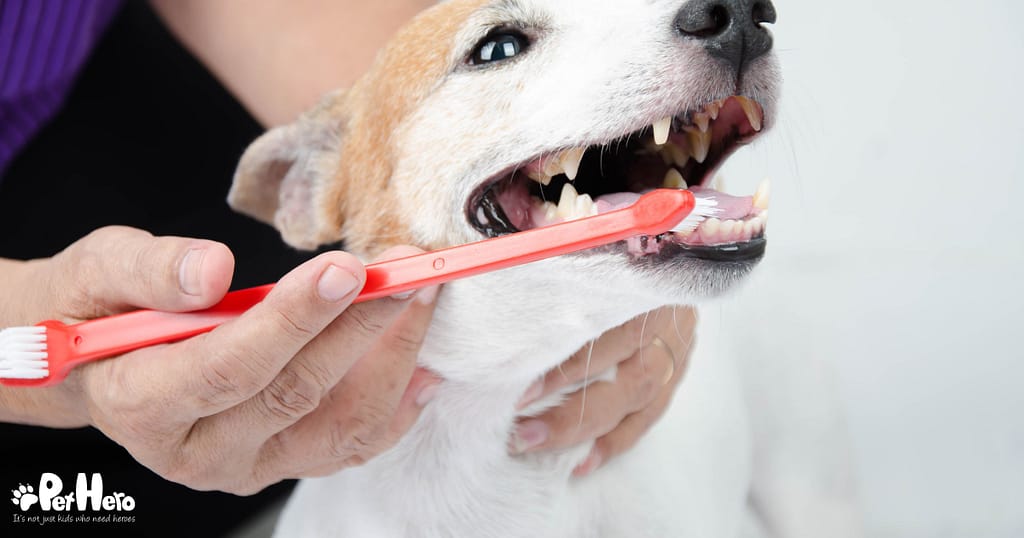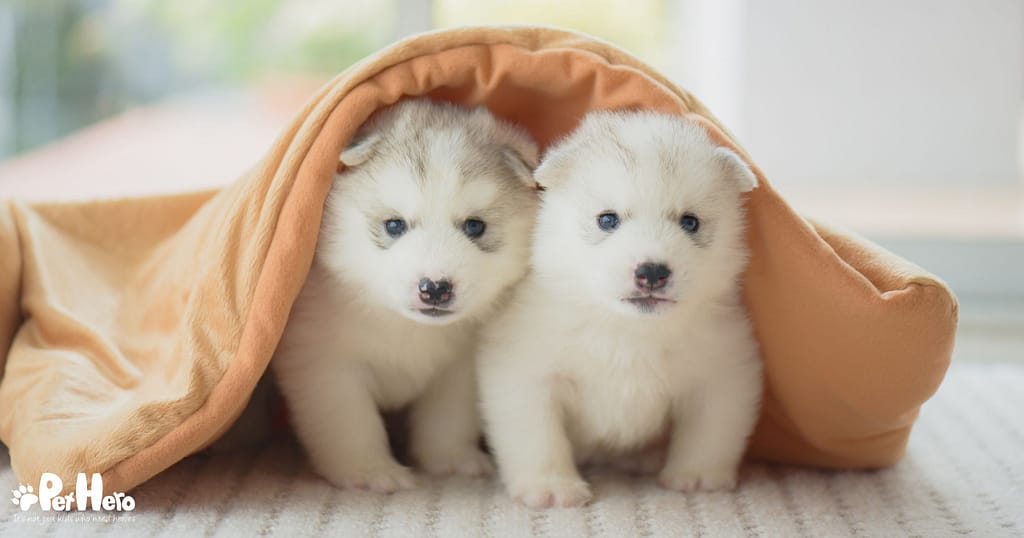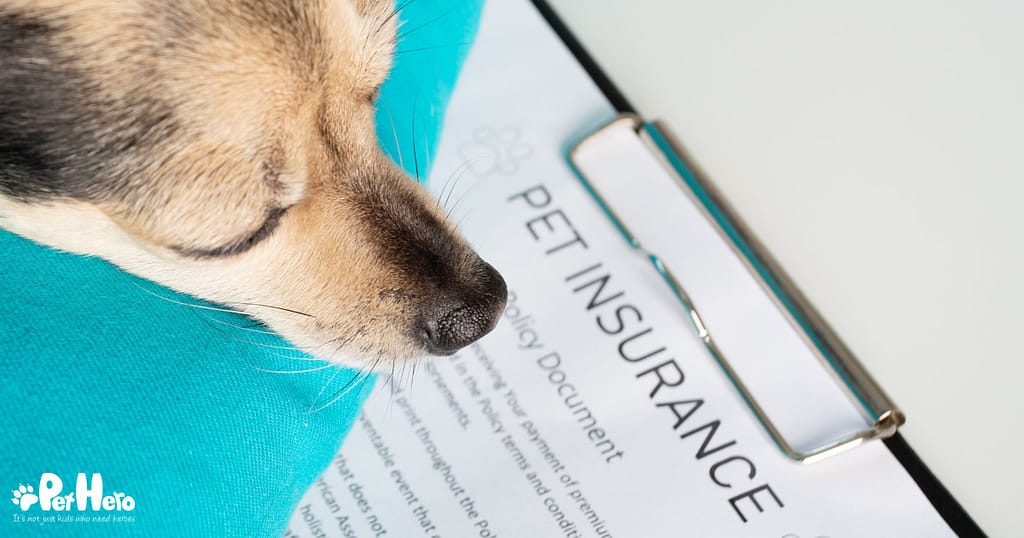Obesity is one of the most common health problems that veterinarians see in pets. They’ve made the connection between the improved relationship between humans and pets, and the increase in pet weight gain in pets who live the same lifestyle as their owners. Some pet owners don’t see their ‘round hound’ as having a weight problem, because their furry friend seems cute and happy. But unpawtunately, there are a lot of health risks and even a shortened life span associated with pet obesity.
In this article, we take a look at what ‘overweight’ means, the risks of disease in overweight pets, when to see the vet, and how to help your overweight pet to lose the weight and stay trim and healthy.
How can I tell if my pet is overweight?
Each pet has an ideal bodyweight at which they have enough muscle and fat to meet the needs of their daily activity requirements. If a pet weighs 10-20% more than their ideal bodyweight, they are considered overweight. At more than 20% above their ideal bodyweight, pets are considered obese.
Since dogs and cats come in all shapes and sizes (even within their breed standards), it’s difficult to say exactly what a dog or cat should weigh without first being assessed. Therefore, your vet will weigh your pet, but also assess them according to the body condition scoring chart or body fat index chart. These charts show what to look for in dogs and cats to determine whether they are under- or overweight. How does your pet fare against the chart?
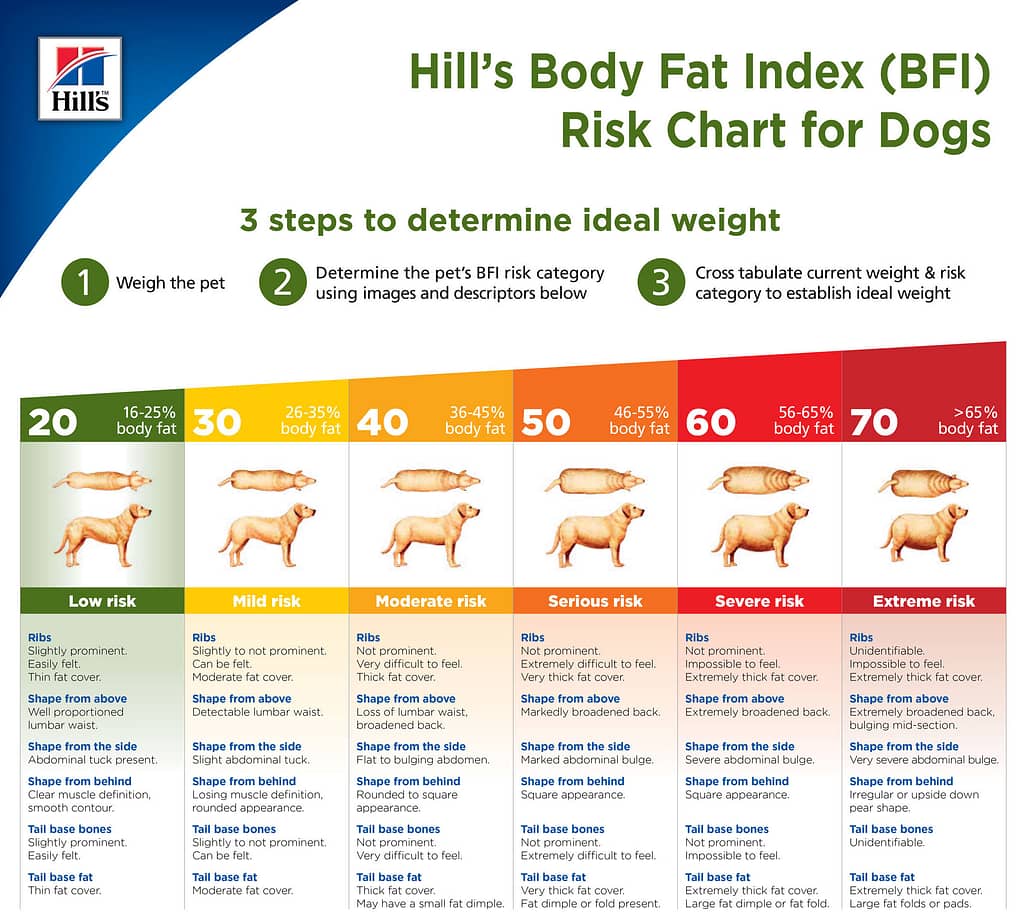
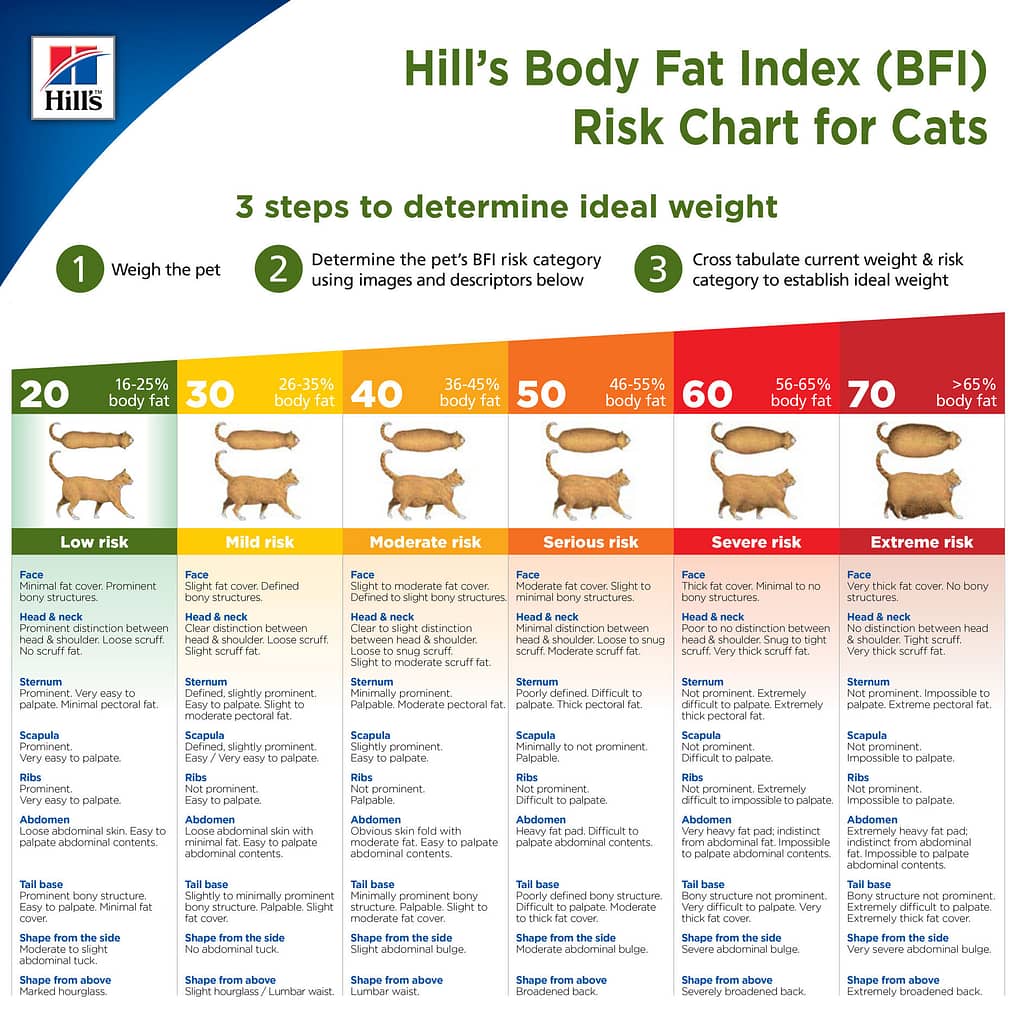
The vet will let you know if they think your pet is overweight or obese and what you need to do about it. Please listen to them – your pet’s health is your vet’s top priority.
Symptoms of pet obesity
The signs and symptoms of pet obesity can be seen in the physical appearance and in the behaviour of overweight pets. There are some variations between dogs and cats, but the pillars of symptoms are the same: body weight, appearance, behaviour and mood.
Obesity: Dog symptoms
- increased weight
- seen on the scale
- collar or harness is too tight
- can no longer see ribs or hip outline
- low energy and low mood
- no desire for exercise or play
- sleeping more
- refusal to go up or down stairs
Obesity: Cat symptoms
- increased weight
- seen on the scale
- collar getting tight
- filling out of ‘waistline’ – cat has rectangular profile from above
- can’t feel ribs or hips – fat padding under skin
- difficulty or inability to jump up
- reluctance to climb stairs
- no/low desire for exercise or play
- messy coat because of inability to reach while grooming
- infrequent use of the litterbox; more cat farts
There are some symptoms of obesity you might not notice:
- Depression – Even though your pet may appear eager and enthusiastic when receiving a treat from you, their struggle with not being able to function normally can make them depressed. Are overweight dogs unhappy? Absolutely, and while this may motivate you to ‘make your pet happy’ by giving them more treats, this approach will only worsen the problem. If your once-playful pet is reluctant for energetic games and playtime, and they sleep more, it’s likely that they are depressed.
- Pain – Overweight pets are in pain. From sore joints to breathing difficulties, pain can rapidly reduce their quality of life.
What are the health risks for an overweight pet?
An overweight dog or cat is not simply fat and cute. Some pet owners find it endearing if their pet is a little on the round side, but carrying that extra weight comes with a range of health risks. Obesity is a major contributing factor to:
- arthritis – more progressive joint degeneration
- bladder & kidney stones
- cancer
- depression
- diabetes
- heart disease
- heat intolerance
- hypertension
- insulin problems
- kidney disease
- low quality of life
- pancreatitis
- respiratory problems
- risk of anaesthetic intolerance
- shorter lifespan (by up to 2.5 years)
Causes of obesity in pets
We expand on the cause of obesity in pets in our article: What fat cats and pudgy pooches say about modern pet owners. In short, pet obesity is caused by pets consuming more calories than they burn, and the excess calories are stored as fat. They eat more because we:
- give our pets food and treats as a sign of love
- don’t exercise our pets as much as we should
- think fat pets are cute, when in fact, they’re unhappy and in pain
Some pets may have a metabolic disorder like hypothyroidism, which makes them gain weight without eating more. It is more common in dogs than in cats, and weight gain is just one of many symptoms of hypothyroidism, which needs a veterinary diagnosis. If your pet is overweight, it’s important that you are very honest with yourself and your veterinarian about your pet’s eating and exercise habits.
How to help overweight pets lose weight
You might ask: How can I help my dog lose weight? or How do you treat obesity in cats? Helping a pet to lose weight is not merely a matter of giving them less food. Vets advise against this because it can cause malnourishment. There are physical and mental challenges that pets need to deal with when they need to lose weight. Regaining their zest for play and their enthusiasm for life needs to be part of the process, while they develop a taste for their new diet.
It’s critically impawtant to get advice from your vet first. They will advise a weight management diet for your overweight dog or cat, and give you advice on how to manage your pet’s weight loss process. ALWAYS follow your vet’s advice, especially about how much food to feed your pet per meal, and daily in total. If you add any snacks to your overweight pet’s diet, be sure to account for the additional calories – you may even need to keep a written record of what you’re feeding your pet, at least in the beginning.
Dog exercises to lose weight
Ask your vet about the amount of exercise your pet should get to help them lose weight. Ideally, dogs should start off with a short walk every day – even if you put their collar and leash on and only make it out to the pavement and back. Set up a walking routine and go a little further every week. As your dog loses weight and gets a little fitter, they will enjoy the confidence of a routine and some bonding time with you.
And, depending on your dog’s inclination to play, try some throw toys, balls, chew toys and rope toys to get them interested in engaging with you and burning some energy!
Cat exercises to lose weight
Cats are a little tricky when it comes to motivating them to play. Try a few different toys and aim for 20 minutes of play per day, working up to 20 minutes of play two or three times per day. This should help them to burn off extra calories and keep them lean and limber.
Cats are natural hunters, so tempt your purry friend into playtime with a wand and feather toy, a mouse chaser toy, colourful little bouncy balls, or any of the other fun stuff from our cat toy catalogue. Encourage your cat to play regularly, keep her on a weight management diet, and watch the extra padding simply melt away!
What are the best snacks for dogs to lose weight?
If your dog has a habit of begging for treats or table scraps, your vet will probably recommend that you curb your need to reward your begging pet, as this is likely one of the factors that led to their weight gain. However, there is an emotional element involved in turning your dog away from the table, so here are some easy tips to satisfy their snack-attack without compromising their weight loss.
- If your dog wants what you’re eating or begs for food and snacks, have some healthy snacks at the ready. Healthy snacks include:
- cucumber slices
- blueberries
- carrot sticks
- pieces of apple
- a small piece of a rice cake
Don’t give more than a ¼ cup of any of these snacks. Don’t add any sort of condiment or dressing, as they contain extra sugar and salt, which is not healthy for your dog. The point is to reduce your dog’s calorie intake, not to apologise for putting her on a diet by overfeeding her on snacks!
- Give your dog a command – “sit”, “paw”, “kiss”, “down”, etc. – and only when she has obeyed the command do you give her one snack. Not only does she get the snack, but the positive reinforcement for doing something you’ve asked of her will give her a nice feel-good mental boost. Soon you’ll have a dog with a balanced weight and a whole repertoire of tricks to show off!
Stick to your pet’s weight management diet and a consistent exercise routine, and your once fat cat or pudgy pup will be lean, healthy and happy once again. Keep in contact with your veterinarian and share your pet’s progress so that they know what’s working or if they need to adjust your pet’s weight-loss regimen. Good luck!
Sign up for The Weekly Paws newsletter – Pet Hero’s weekly round-up of promotions, content, advice, new products and more! Don’t miss an issue and become a pet hero in a flash! (No spam – that’s a purromise!)

